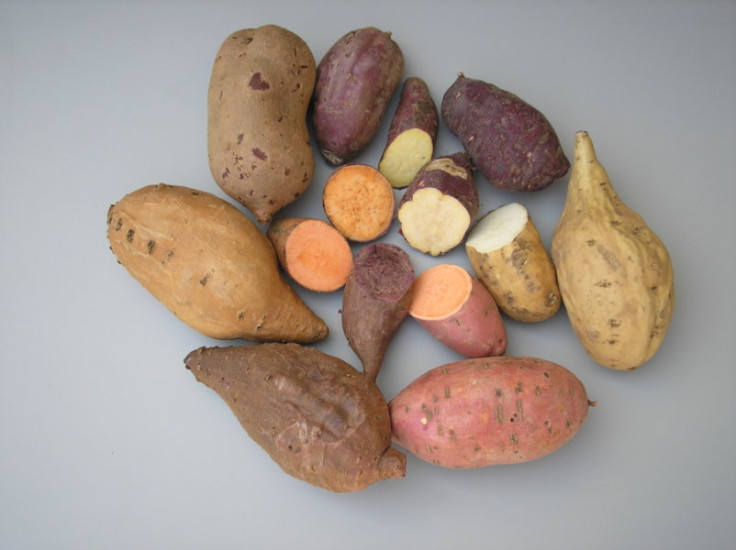Sweet potato is a natural GMO carrying bacterial genes

Sweet potatoes contain bacterial genes says a study, showing the plant as yet another species exhibiting natural genetic modification.
Researchers from UGent and the International Potato Institute (CIP) discovered genes from the bacterium Agrobacterium in the sweet potato when they were sequencing the plant for viral diseases.
The results have been published online in PNAS (Proceedings of the National Academy of Sciences).
The bacterial DNA sequences appeared to be present in each of the 291 tested sweet potato cultivars and even in some wild related species, ruling out contamination as their source.
The genes were also seen to be active in sweet potato.
Prof Lieve Gheysen, one of the researchers involved: "The natural presence of Agrobacterium T-DNA in sweet potato and its stable inheritance during evolution is a beautiful example of the possibility of DNA exchange across species barriers. It demonstrates that genetic modification also happens in nature. In comparison to "natural" GMOs, that are beyond our control, human-made GMOs have the advantage that we know exactly which characteristic we add to the plant."
Agrobacterium is specialised to transfer a part of its own DNA, the so-called T-DNA, to plants. It is this T-DNA that has been found in sweet potato.
Biotechnologists have succeeded in regenerating plants from cells carrying the bacterial T-DNA. The latest finding reveals that this extra step has also occurred in nature thousands of years ago.
This is not the first time foreign species have been found in a natural transfer process.
Called horizontal gene transfer, the natural exchange of genes between different species has resulted often in bacterial, fungal or viral DNA siding into the genome of plants or animals.
This is in contrast to normal vertical gene transfer from parents to progeny which occurs within a species.
Humans too carry bacterial genes
In fact, it is the process of swapping genetic material between neighbouring bacteria that results in antibiotic resistance in a colony.
Recent findings also demonstrate that human beings have at least 145 genes picked up from other species. Alastair Crisp and Chiara Boschetti of Cambridge University published results of their study in Genome Biology, showing the gene transfer.
While 145 genes are less than 1% of the 20,000 that human genome has, the fact remains that at least to that degree humans are part bacteria, part fungus and alga.
The ABO antigen system that defines basic blood groups seems to be of bacterial origin while the gene associated with obesity is suspected to be marine algal in nature.
Experts believe horizontal gene transfer is a natural fallout of highly dynamic genomes where genes are not fixed but can jump places on the chromosome.
Jumping genes or transposons make up more than 85% of the maize genome and about half of our own.
Among concerns over artificial genetic modification are how selecting some genes to drive particular traits in a species could present environmental and security challenges.
A gene variant given an artificial boost could eliminate other versions of the genes whose evolutionary importance scientists have no idea of. One gene is often responsible for more than one trait.
© Copyright IBTimes 2024. All rights reserved.





